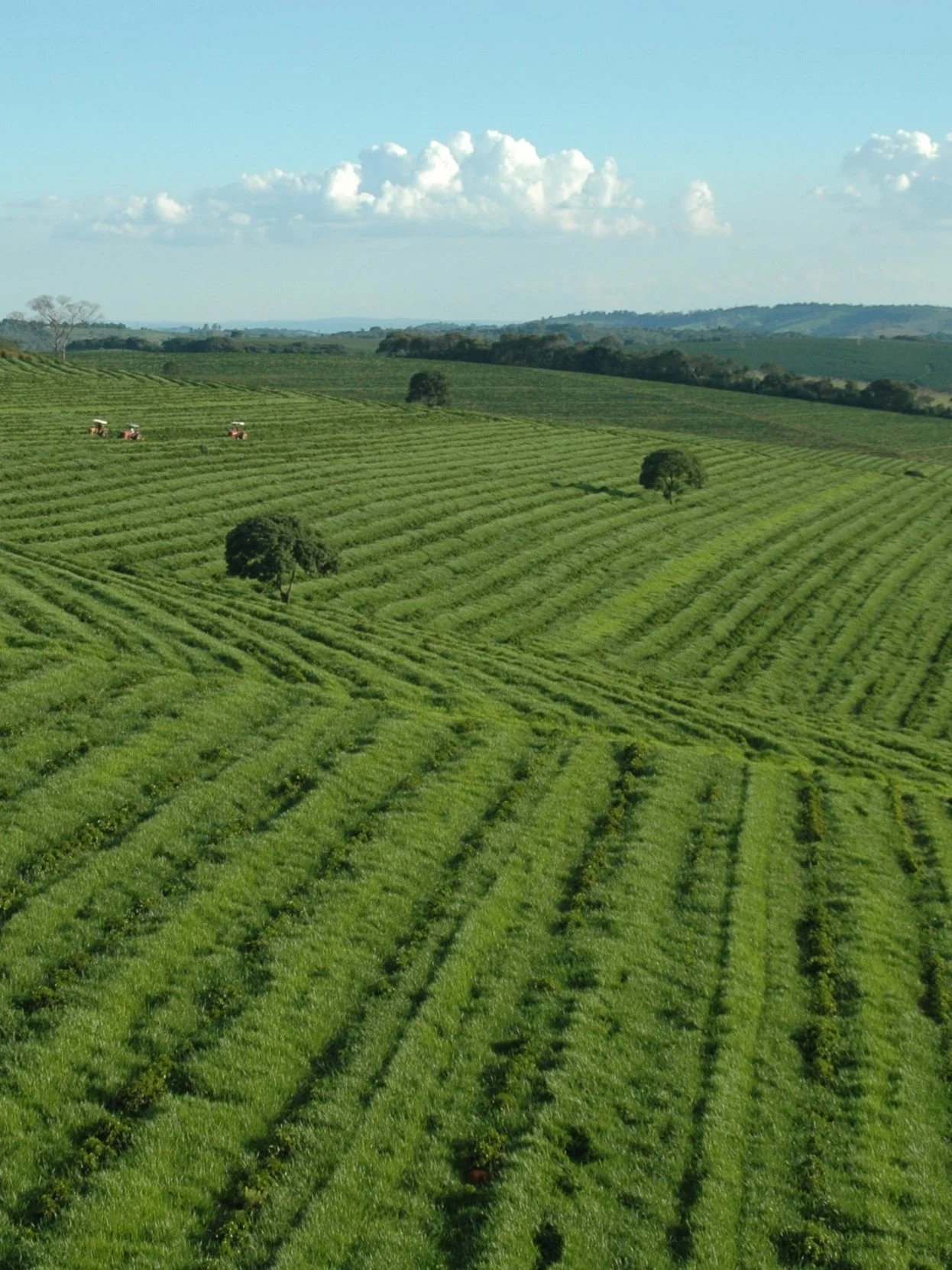YASSP Forest Projects
About
forest management
Promoting sustainable forest management is at the core of The Forest School at the Yale School of the Environment’s mission. Forests provide critical resources to meet human food, building, recreation, and energy needs while also supporting biodiversity and carbon storage and sequestration. Sustainable forest management can promote carbon sequestration and supply current timber markets, but sustainable management is becoming increasingly challenging as climate change drives stand-replacing wildfires and increased tree mortality from drought, pests, and pathogens. Scientific synthesis can assist foresters and policymakers to adapt current forestry policies and management models to these changing climatic conditions.
Evaluating forest management practices for sustaining human livelihoods, mitigating climate-related forest loss, and increasing carbon sequestration and storage
YASSP researchers are working on the following cross-cutting projects that address specific key questions about the impact of forest management practices on ecosystem carbon storage and sequestration, biodiversity protection, and human livelihood:
Estimating the Negative Emissions Potential of Improved US Forest Management
Improved forest management is part of the portfolio of carbon dioxide removal (CDR) strategies that the US may employ to reach net neutral greenhouse gas emission goals by 2050. In collaboration with researchers at Lawrence Livermore National Lab and the US Department of Energy, YASSP researchers are leading an analysis of how improved forest management can increase forest carbon sequestration and storage while still supplying regional wood product markets. This analysis will be published within a national ‘Getting to Neutral’ report that will inform federal policy decisions surrounding global climate commitments. The work will generate new data sets on the impact of forest management practices on forest carbon sequestration and evaluate pathways for carbon to move from on the landscape into long-lived wood products. It will complement other efforts to evaluate CDR removal through afforestation and reforestation efforts, providing a fuller picture of forest contributions to climate mitigation and sustainable wood markets.
Evaluating the impacts of commercial reforestation in Latin America
Globally, tropical forest loss represents approximately 8% of CO2 annual emissions and have the potential of sequestering 23% of the necessary CO2 to keep global warming under 2 degrees by 2030. Reducing further forest loss as well as restoring and replanting once-forested areas are both key for meeting global climate goals. In Brazil, industrial plantations of native and nonnative trees are now growing on abandoned working lands that were once forested. Some argue these plantations may assist with short-term carbon sequestration and climate mitigation, foster natural regeneration of native secondary forest trees, and have the potential to reduce further demand for forest wood products from primary forests. Whether commercial reforestation efforts can produce these benefits is currently unknown, as is the scope of commercial reforestation efforts generally. YASSP researchers are working to quantify where commercial reforestation is occurring within Latin America and selecting regions to estimate potential carbon sequestration rates for these plantations. This work is funded through the Yale Center for Natural Carbon Capture (YCNCC, https://planetarysolutions.yale.edu/center-natural-carbon-capture)


